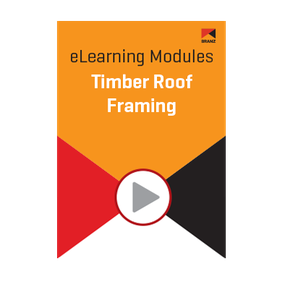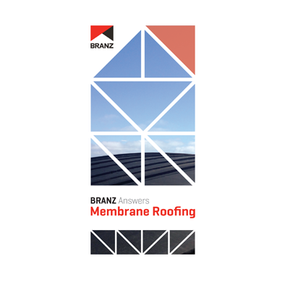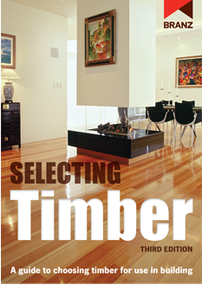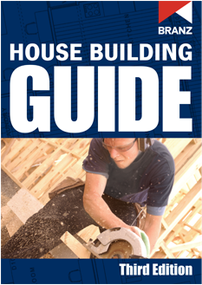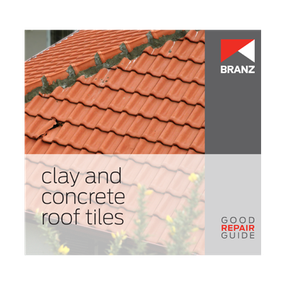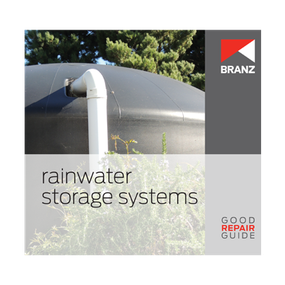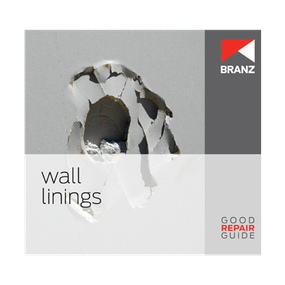CO2RE
Provides calculated carbon footprints per square metre for residential roof, wall and floor constructions, obtained from the BRANZ House Insulation Guide (5th edition).
Module: Timber roof framing
This module focuses on the concepts and features critical to the design of timber roof framing.
Topics covered in this self-paced module:
- What types of framed roof construction are there?
- What factors affect roof framing construction?
- How does roof framing resist loads?
- Library of useful material
- Did I understand all of this?
Gain 100% in the test at the end of the module, and you'll receive a record of your completion that can be submitted as part of your CPD activity log.
Seminar: BRANZ Answers - Membrane roofing
This seminar provides information on design, specification and installation of current roof membrane systems.
Please note that access to this recorded seminar will expire 1 month after purchase.
Selecting timber (3rd edition)
This is a guide for specifying and choosing timber for use in New Zealand buildings, which will be useful to all architects and designers, specifiers and builders working with timber.
As well as covering such key issues as timber treatment and moisture levels, the book features an extensive species data index, with separate sheets for each of 89 species of timber available on the New Zealand market. The data sheets cover key characteristics of each species such as timber strength, hardness and durability, borer susceptibility and typical uses.
Selecting timber briefly covers engineered wood products, plywoods and veneers, looking at their general characteristics, but does not cover specific performance or selection data for these.
House building guide (3rd edition)
This publication is a comprehensive, practical, step-by-step guide and is the ideal reference tool for anyone involved in house building. The easy-to-read format follows through all the key steps involved in house construction right from setting out the site to lining out.
This guide contains practical guidelines for good timber-framed house building, with hundreds of diagrams, easy to follow tables for quick reference and bullet points for easy reading. Informative illustrations show how all the elements fit together.
Note that since the publication of this book a number of Building Code Acceptable Solutions have been amended and new Acceptable Solutions developed.
Good Repair Guide: Clay and concrete roof tiles
Clay and concrete tiles have long been popular choices of roofing material, particularly in severe coastal or thermal environments. As a general rule, clay and concrete tile roofs can be expected to last 50 or 60 years before needing replacement.
Regular checks and proper maintenance are critical to keep the roof in sound condition and to keep the water out. This Good Repair Guide focuses on the repair options for isolated areas of concern.
Good Repair Guide: Rainwater storage systems
Approximately 10% of New Zealand households rely on rainwater collected from roofs for their water supply. Typically, these are rural residential properties but may include country schools, camping grounds, marae and other community buildings. A number of fairly simple and relatively inexpensive measures can be introduced to existing systems to improve water quality
This Good Repair Guide looks at upgrading options and maintenance requirements for existing rainwater storage systems to ensure a quality potable roof water collection and storage system is maintained.
Good Repair Guide: Wall linings
General wear and tear in a house often results in damage to interior wall linings. Damage can range from repairable (a picture hook pulled out or a door handle through the wall) to the catastrophic (a major leak or structural failure).
This Good Repair Guide outlines some options for repairing existing wall linings and guidelines for when to replace a sheet or larger area of lining.
Prefinished linings (such as melamine-faced boards) are not included in this guide.

